
Katina Paxinou was a Greek film and stage actress.

Ida Kamińska was a Polish actress and director. Known mainly for her work in the theatre, she was the daughter of Avrom Yitshok Kaminski and Ester Rachel Kamińska, known as the Mother of the Jewish Stage. The Jewish Theatre in Warsaw, Poland is named in their honor. In her long career Kamińska produced more than 70 plays, and performed in more than 150 productions. She also wrote two plays of her own and translated many works in Yiddish. World War II disrupted her career, and she later immigrated to the United States where she continued to act. In 1967, she directed herself in the lead role of Mother Courage and Her Children on Broadway. In 1973, she released her autobiography, titled My Life, My Theater.

Wojciech Romuald Bogusławski was a Polish actor, theater director and playwright of the Polish Enlightenment. He was the director of the National Theatre, Warsaw,, during three distinct periods, as well as establishing a Polish opera. He is considered the "Father of Polish theatre."
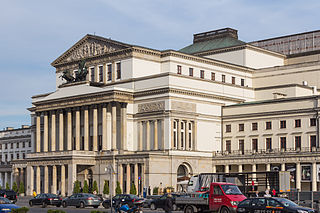
The National Theatre in Warsaw, Poland, was founded in 1765, during the Polish Enlightenment, by that country's monarch, Stanisław August Poniatowski. The theatre shares the Grand Theatre complex at the Theatre Square in Warsaw with another national venue, the Poland's National Opera.

Agnieszka Osiecka was a Polish poet, writer, author of theatre and television screenplays, film director and journalist. She was a prominent Polish songwriter, having authored the lyrics to more than 2000 songs, and is considered an icon of Polish culture.
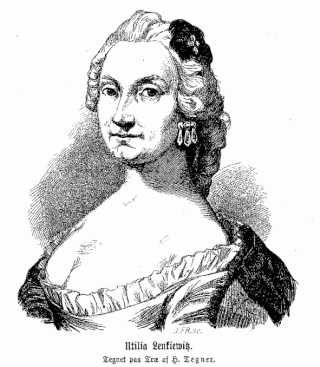
Utilia Lenkiewitz was a Danish actress, one of the first of her profession from Denmark, and a member of the pioneer-troupe of the Royal Danish Theatre.

Beata Sabina Straas or Strass also known as Madame Åberg was a professional stage actress in Sweden. She was a member of the pioneer group of actors in the first Swedish national theatre of Bollhuset.

Krystyna Jolanta Janda is a Polish film and theater actress best known internationally for playing leading roles in several films by Polish director Andrzej Wajda, including Man of Marble and Man of Iron.
Agnieszka is the Polish equivalent of the female given name Agnes.
Maria Katarina Öhrn or Maria Katarina Berlin was a Swedish stage actress and singer. She was active at the Stenborg Troupe in Humlegårdsteatern from 1776–80 and in Eriksbergsteatern in 1780–83. During her career, she was one of the most popular stars on the Swedish stage as the female star of the Stenborg theatre, at that time the leading dramatic stage, prior to the founding of the Royal Dramatic Theatre.
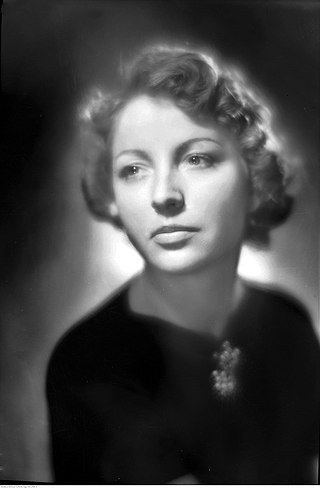
Lidia Wysocka was a Polish stage, film and voice actress, singer, cabaret performer and creative director, theatre director and costume designer, editorialist.

Friederike Sophie Seyler was a German actress, playwright and librettist. Alongside Friederike Caroline Neuber, she was widely considered Germany's greatest actress of the 18th century; Gotthold Ephraim Lessing described her in his Hamburg Dramaturgy as "incontestably one of the best actresses that German theatre has ever seen."
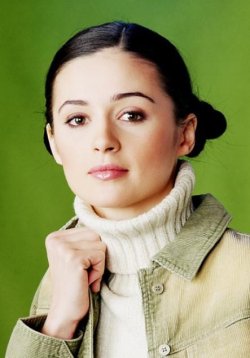
Agnieszka Grochowska is a Polish film and theatre actress.
Antonina Prusinowska, or Pruszanowska, or Prosinowska, was a Polish stage actress. She was the first native actress in Poland.
Marianna Malińska, also called Marianna Malewiczówna (1767-fl.1797), was a Polish ballerina. She was the first native ballerina in Poland.
Barbara Sierakowska (1748-1831) was a Polish stage actress and opera singer.

Marianna Franciszka Pierożyńska (1763-1816), was a Polish stage actress and opera singer, active 1778–1809.

Agnieszka Urszula Dygant is a Polish actress. She is a two-time Telekamery Award winner for Best Actress.
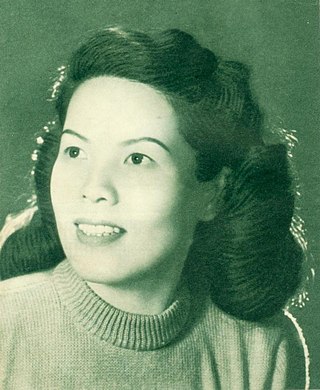
Shu Xiuwen, also romanized as Shu Hsiu-wen, was a Chinese film and stage actress, as well as the first voice actress in China. She grew up in poverty but made a name for herself in the drama and film industry of Shanghai before the Second Sino-Japanese War, and then in the wartime capital Chongqing. She starred in numerous films and stage plays, including her most acclaimed film The Spring River Flows East, and was recognized as one of China's top four actresses.
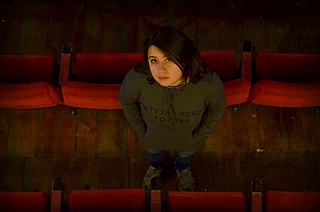
Roza Sarkisian is a Ukrainian theatre director and curator.















